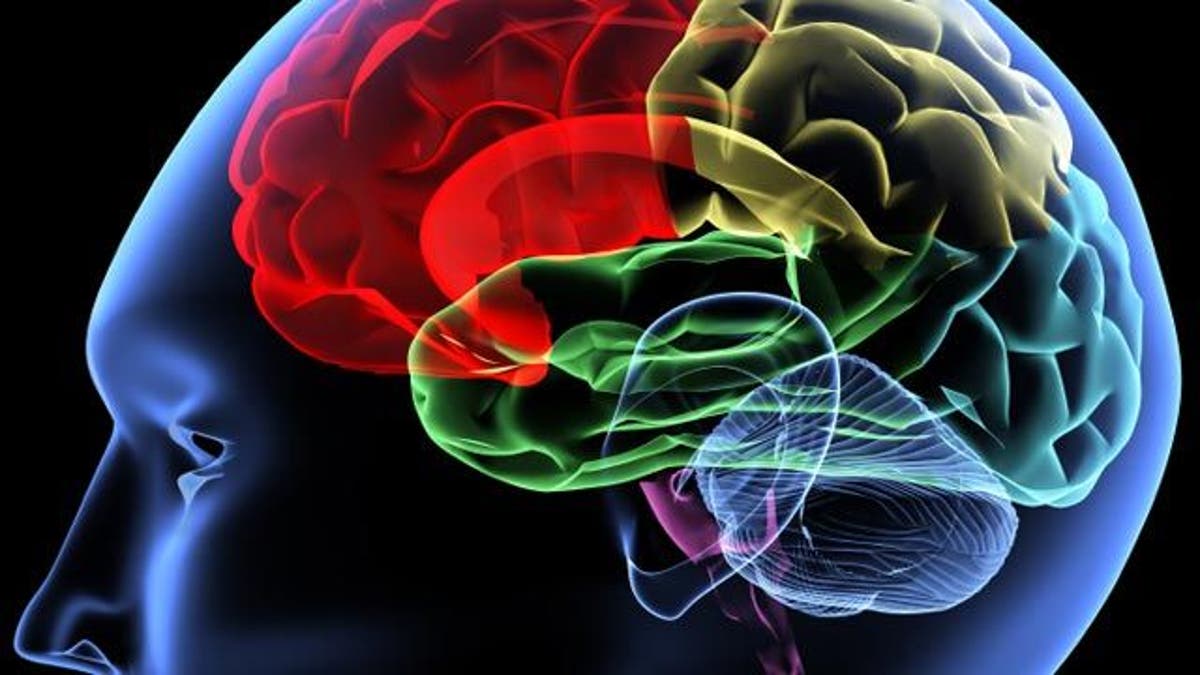
I have practiced psychiatry for more than twenty years, so I know the power of psychotherapy and the power of medications to defeat depression and anxiety. I have witnessed hundreds of lives turn from despair to hope, from darkness to light.
During these twenty years, I have also witnessed significant advances in treating depression and anxiety. These have included antidepressant medicines like Viibryd and Fetzima, as well as deep transcranial magnetic stimulation (dTMS), which uses magnetic waves to increase activity in parts of the brain linked to a variety of psychiatric disorders.
In my experience, however, no advance has matched the discovery that intravenous infusions of ketamine—previously used as an anesthetic agent—can rapidly and dramatically alleviate depression and anxiety conditions (including post-traumatic stress disorder). For decades, the drug was used in a clinical setting as an anesthetic, but it has also been used as a recreational drug users looking to get high.
I have now treated approximately one hundred patients with intravenous ketamine. The results mirror those of research trials on the treatment; more than two thirds of my patients have experienced dramatic recoveries. Their profoundly low mood, lack of energy, decreased self-esteem and even suicidal thinking very frequently yields entirely to the ketamine infusions. And while the results from ketamine may last weeks or months, that is often more than enough time to allow other medications and psychotherapy to permanently rid patients of their suffering.
The ketamine success stories I have witnessed include patients once hobbled by depression and out of work for years who returned to their jobs within weeks of treatment, patients whose anxiety made it nearly impossible to leave the house who can now go on vacations that require travel, and young people who were driven to cutting themselves by underlying stress and self-loathing, but have now stopped cutting and started creating their futures.
Whether it is a side effect of ketamine or a central mechanism of it, many patients also report moments of epiphany while receiving the treatment that help them understand, at a core level, how they can free themselves from paralyzing, painful psychological dynamics, or how they can take steps to move in the direction of achieving personal and professional goals that had once frightened them into inaction.
Ketamine infusions have been found in at least one study to yield results superior to electroconvulsive therapy, which is an astounding fact. The only known side effects of ketamine intravenous treatment are very tolerable visions of bright lights or a sense of being “out of body” during the treatment. Only one person I have ever treated considered these “side effects” troubling. The rest of my patients have found them thought-provoking, uplifting or awe-inspiring and many have connected them in a positive way with their recoveries.
One other observation: In my experience, ketamine does not stand in the way of achieving new levels of self-knowledge through psychotherapy; it seems to contribute to achieving that self-knowledge.
Finding entirely new, powerful arrows in the quiver of arrows we psychiatrists use to defeat psychiatric illness is rare. We now have found another.
